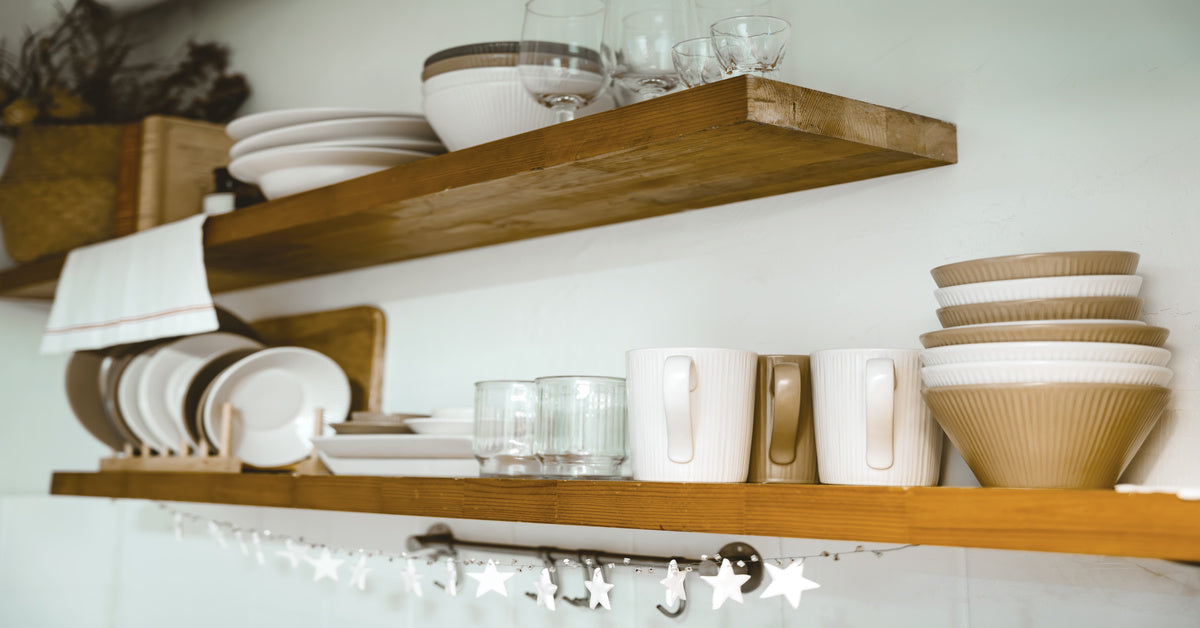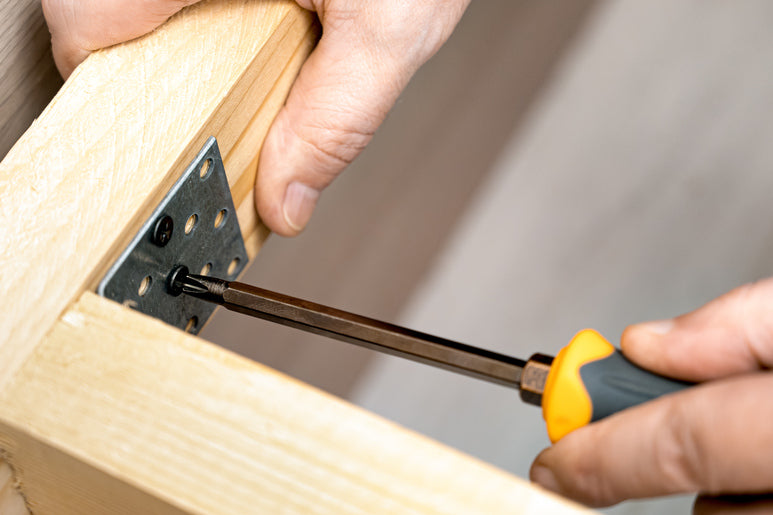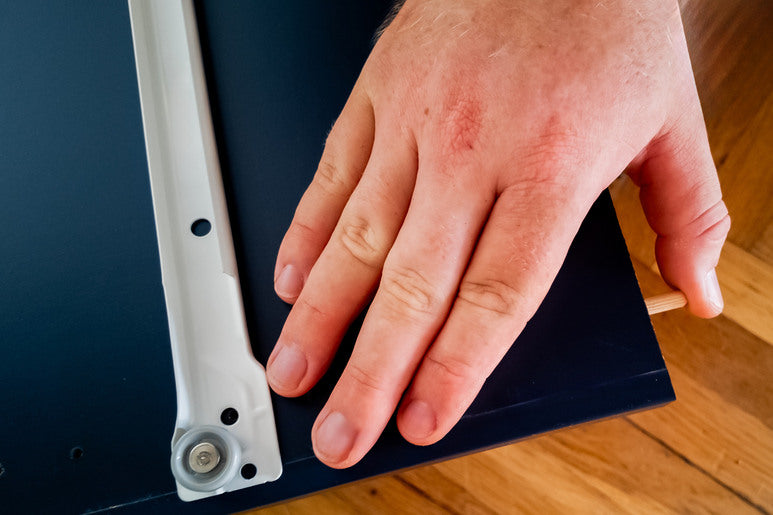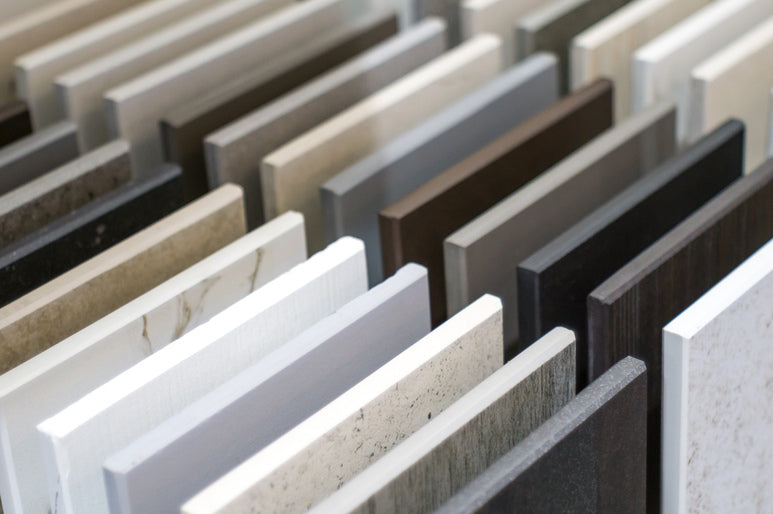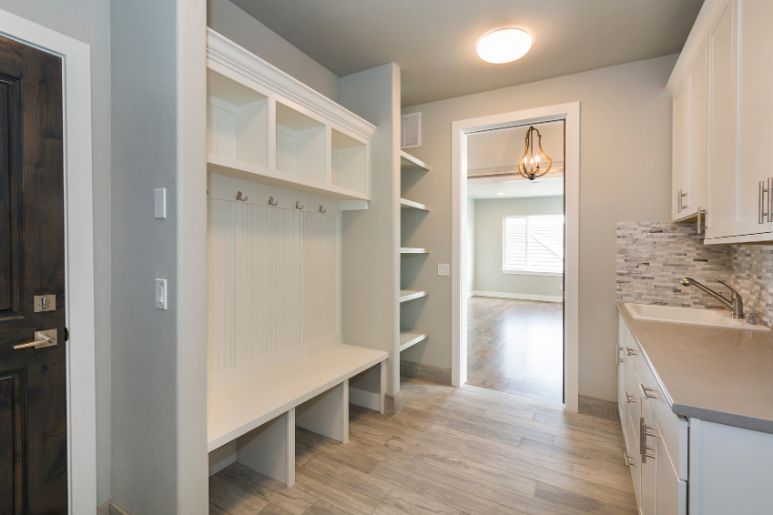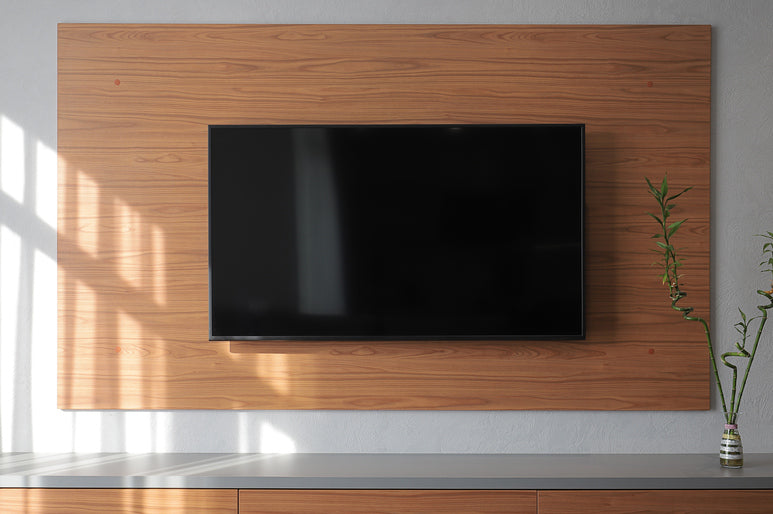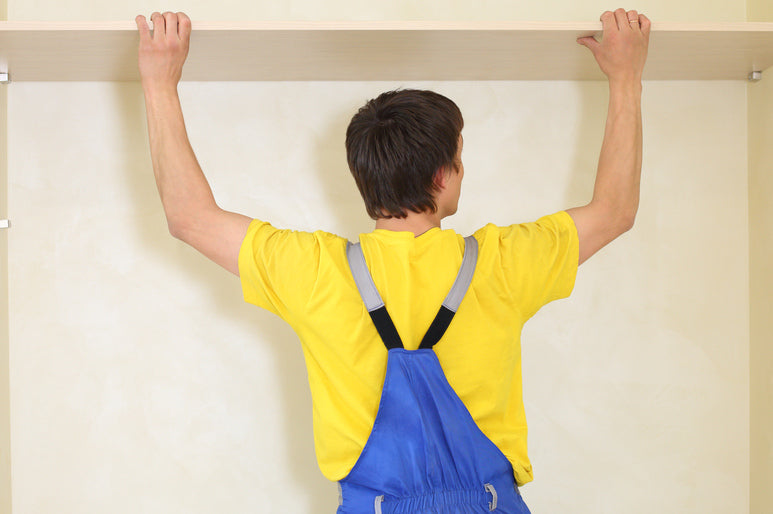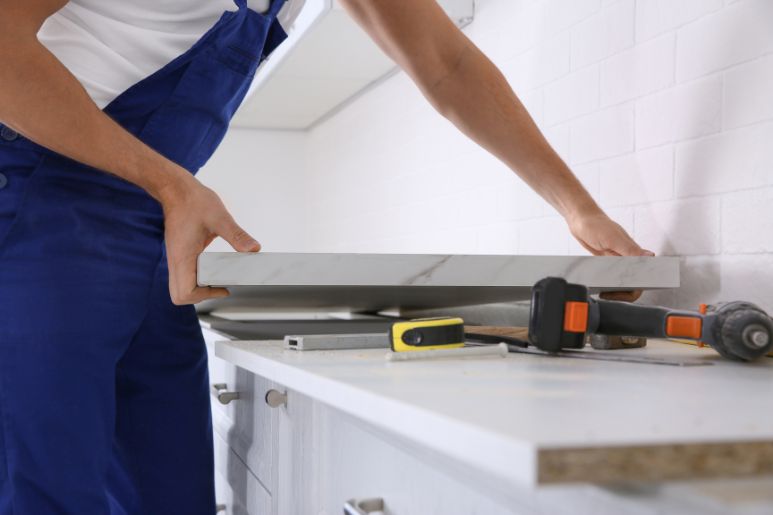
Everything You Need To Know To Replace Your Own Countertops
Replacing countertops is a remarkable way to refresh your kitchen’s appearance and enhance its functionality without breaking the bank. Today, many homeowners are turning to self-installation as a practical and cost-effective option that allows them to customize their space according to their unique needs and preferences.
Choosing the right materials, careful preparation, and accurately removing and replacing your countertops take precision and deliberate research as it’s one of the most highly utilized aspects of your kitchen. This guide explores the world of countertop replacement and provides everything you need to know to replace your countertops.
Reasons To Replace Your Countertops
The reasons for replacing your countertops can range from purely cosmetic to entirely practical. Below, we present the main benefits of replacing your countertops and detail the signs that they need an upgrade.
Fix Damage or Discoloration
Many homeowners decide to replace their countertops to repair damage and discoloration that accumulate over years of use. Surface blemishes such as scratches, chips, or cracks can be more than just an eyesore; they can also become havens for bacteria, dirt, and other contaminants.
Some countertop materials are also more prone to stains from acidic foods, water damage, or high temperatures. Addressing these issues by installing new countertops ensures improved aesthetics and creates a cleaner, more appealing kitchen environment.
Update Its Appearance
Replacing your countertops can be a cost-effective method of transforming the entire room if your kitchen has an outdated appearance. Updating countertops with new materials can modernize the entire space, giving it a fresh and contemporary look. A new countertop can significantly enhance your home’s aesthetics and functionality, whether you choose sleek granite, durable quartz, or elegant marble.
Easier Maintenance
Some older countertop materials can be difficult to clean and maintain. Consider a replacement that offers durability and low maintenance to save time and effort in the long run. Newer countertop materials can provide a hassle-free experience while keeping your kitchen looking great.
Improve Your Home Value
A countertop replacement can significantly increase your home’s resale value, proving it a smart investment. This upgrade is especially beneficial if you purchased your home with more affordable countertop materials that have become damaged over time.
Installing high-quality surfaces demonstrates that you maintain your home well and create a more durable workspace with easier maintenance, which are attractive features for potential buyers.
Popular Countertop Materials
The material you choose for your new countertops impacts the appearance, longevity, and maintenance requirements. While there is no one-size-fits-all pick for countertop materials, homeowners should take their style, existing kitchen features, and budget into consideration before making a purchase. Here’s a rundown of some of the most popular choices:
Granite
Granite is a desirable countertop material because of its sophisticated appearance and low maintenance. Known for its rugged beauty and durability, granite has been the go-to choice for elegant countertops for many years. This material also offers unparalleled resistance to scratches and heat, making it both a practical and aesthetic option for homeowners. However, as a natural stone, granite is a more expensive investment.
Marble
Marble is another natural stone that offers a luxurious feel to any space. However, as a porous material, it is more prone to scratches and staining. Regular sealing and careful cleaning are essential to keep its pristine appearance intact over time. This higher price tag and extra maintenance may be worthwhile for homeowners looking for one-of-a-kind patterns and several color options.
Quartz
Quartz is a highly durable, non-porous material, making it resistant to bacteria and easy to maintain. Its range of patterns complements its low-maintenance appeal, allowing it to fit seamlessly into any design aesthetic. Because it is a man-made material, manufacturers can make quartz in a variety of colors and textures to appeal to any homeowner.
Laminate
Laminate countertops come in various patterns and colors, mimicking the appearance of more expensive materials such as natural stone. They provide a stylish look for a fraction of the cost while being durable and easy to clean, making them a popular choice for many homeowners. However, laminate countertops will not last as long as more expensive materials.
Butcher Block
Butcher block countertops create an inviting atmosphere with a warm, rustic charm. Their natural wood grain patterns add character to any kitchen, while their durability ensures they stand the test of time. These countertops blend functionality with aesthetic appeal, perfect for meal preparation and casual dining.
Preparation
Homeowners must take a few precautionary steps to prevent damage to other kitchen features before starting the installation. Start by clearing your kitchen counters and placing your appliances and kitchen décor in another area of your house. You must also empty the lower cabinets beneath your current countertop in preparation for its replacement.
Then, disconnect the plumbing, remove your kitchen sink, and set it away from the remodeling area. Lay out tarps from your entryway to your kitchen to protect your floors and furniture from debris.
Step-by-Step Installation Guide
Now that you have chosen your countertop material and taken the necessary preparation steps, it’s time to complete the installation.
- Remove your existing countertops and the attached backsplash using a putty knife and pry bar. You may need to remove any screws from underneath the countertop first to fully remove it.
- Inspect the cabinets and installation area and ensure you didn’t damage the wall and that the cabinets are level.
- Fit the countertop brace where necessary, particularly if the new countertop will have significant overhangs.
- Place your piece of cut and measured material flush against the wall and make any necessary adjustments to its size.
- Set multiple stone slabs together with epoxy if you’re doing a multi-piece install.
- Secure the countertop in place using construction adhesive and fasten with screws from underneath where possible.
- Caulk the edges to create a seamless transition between the countertop and the wall.
- Use the appropriate sealing product to prevent staining.
- After the installation, reinstall your sink, sealing the edges with caulk.
Different countertop materials will have varying installation best practices, so consult a professional for the best guidance.
Replacing your countertops can significantly enhance the look, functionality, and value of your home. With this guide on everything you need to know to replace your countertops, the right tools, materials, and a bit of patience, homeowners with substantial renovation expertise can seamlessly achieve this project. Remember to be thorough in your work, follow each step deliberately, and approach the task with confidence.


